Catalog
Search
13 products
View:
- Selected: 0Areas of use
- Selected: 0Item names
- Selected: 0Manufacturer
- Selected: 0Made in
- Selected: 1Additional
View:
13 products
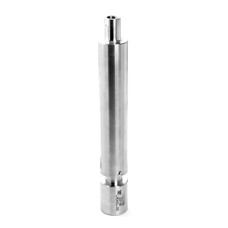
Raid Bomb BR-01T
The ratio of volumes of air and liquid chambers within 3.95 4.05.
Overall dimensions 57x400 mm
Weight 2 kg
Termeks
Tomsk
Produced in: Tomsk
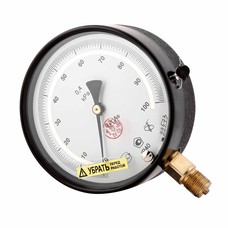
Pressure gauge MTIf-100
Pressure gauge with a range of measured pressure 0 ... 100 kPa.
Accuracy class 0.4
Connection size M20x1.5 mm
Overall dimensions 160 mm
Termeks
Tomsk
Produced in: Tomsk

PU Desktop laboratory catalytic unit
The PU desktop laboratory unit is an automated installation based on a mini–reactor with a fixed layer that has a volume of up to 1.5 cm3. The PU desktop laboratory unit is designed to perform kinetic studies, evaluate the properties of catalysts, model catalytic processes, test the stability of catalysts and sorbents.
For maximum compliance with the customer's requests, the installation has a modular design with the possibility of adding new options.
Main advantages:
1. Compactness;
2. Real-time parameter monitoring;
3. Easy maintenance;
4. Operation safety;
5. User-friendly interface.
Applied tasks
1. Hydrogenation/dehydrogenation processes of hydrocarbons;
2. Fischer-Tropsch synthesis;
3. Catalytic cracking and isomerization;
4. Reforming of natural gases;
5. Hydrogenation processes;
6. Catalytic oxidation;
7. Hydrotreating processes.
Basic equipment
1. Gas supply unit
2. Reactor unit
3. Separation unit
4. Sampling unit
5. Unit for measuring the volume of the outgoing gas
6. Control unit
YURGPU(NPI) FGBOU VO "YURGPU(NPI) IMENI M.I.PLATOVA"
Novocherkassk
Produced in: Rostov region, Novocherkassk

Chlorine and Sulfur Analyzer SPECTROSCAN CLSW
The device is developed on the basis of the analyzer SPECTROSCAN SW-D3, allows you to determine the mass fraction of organochlorine compounds in oil according to GOST R 52247-2004 (method B) and GOST 33342-2015 (method B), the sulfur content in automotive fuel, oil and liquid petroleum products in accordance with GOST R 52660-2006 / GOST ISO 20884-2016 and GOST R 53203-2008 / GOST 33194-2014, as well as to determine the mass fraction of chlorine and sulfur in any liquid samples in accordance with standardized techniques (methods).
Implements arbitration methods for determining the mass fraction of organochlorine compounds in oil and the sulfur content in automobile fuel.
The analyzer has successfully passed the interlaboratory tests under the guidance of JSC "VNII NP" (TK31). As a result of the tests, the accuracy of the method for determining the mass fraction of organochlorine compounds using the SPECTROSCAN CLSW analyzer was found to comply with the requirements of GOST R 52247-2004, method B, and the accuracy of the method was determined in the range of the mass fraction of organochlorine compounds from 1 ppm to 50 ppm.
Determination of the mass fraction of organochlorine compounds in oil involves sampling of oil, distillation of naphtha fraction (204 ° C), washing of naphtha from hydrogen sulfide and inorganic chlorides. An internal standard is introduced into naphtha extracted from oil – a solution of bismuth in a non-polar solvent and an analysis is carried out.
When determining the sulfur content, the analysis is carried out without additional sample preparation.
The analyzer is a proprietary development of NPO "SPEKTRON". The device is manufactured in St. Petersburg mainly from domestic components. There is a conclusion of the Ministry of Industry and Trade on the production of products in the territory of the Russian Federation.
The operator's actions when performing measurements are minimized:
- the number/name of the sample is entered from the built-in keyboard;
- the sample is poured into two cuvettes;
- the obtained samples are placed in the analyzer and measurements are started.
The analyzer performs all subsequent actions automatically without operator involvement:
- calculates and displays the chlorine and/or sulfur content in the sample;
- calculates convergence - the difference in determining the mass fraction of an element in the first and second samples;
- prints measurement results on the built-in printer.
NPO Spektron
Saint Petersburg
Produced in: Saint Petersburg

Pressure gauge MTIf-250
It is designed for the use with Raid bombs BR 01T, BR 02T in determining the absolute vapor pressure of volatile crude oil and volatile non-viscous petroleum products in accordance with GOST 1756.
Pressure gauge with a range of measured pressure 0...250 kPa.
Accuracy class 0.4
Connection size M20x1.5 mm
Overall dimensions 160 mm
Weight 1.5 kg
Termeks
Tomsk
Produced in: Tomsk
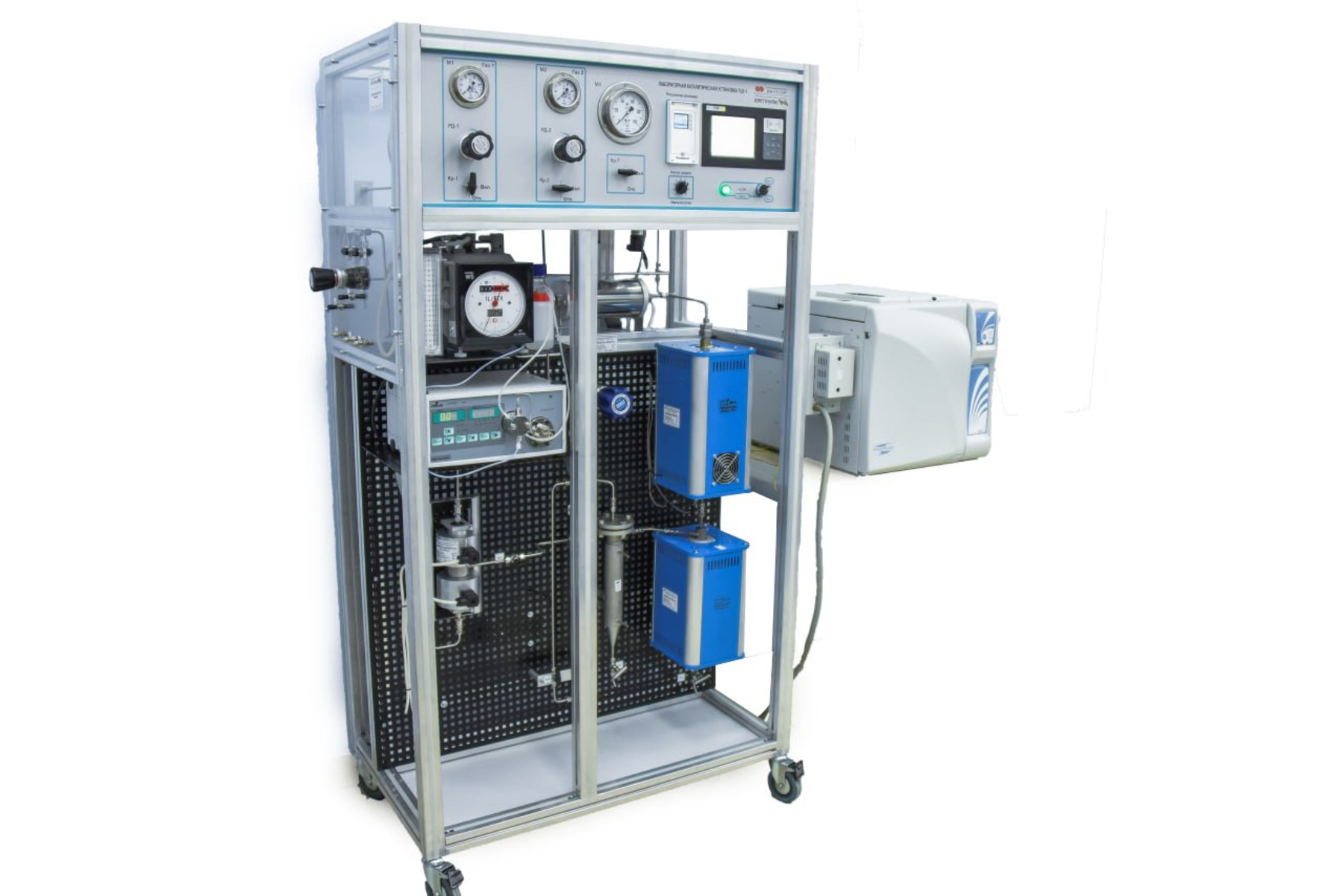
PCU-1 Laboratory catalytic unit
The PCU-1 laboratory catalytic unit is designed to perform the following tasks:
1. Educational and scientific research of chemical processes;
2. Improvement of current industrial processes and development of new ones;
3. Studies of homogeneous and heterogeneous catalysts.
The PCU-1 laboratory catalytic unit is manufactured in accordance with the technical requirements of customers so as to correspond to a wide range of technological parameters. Additionally, embedded equipment is designed to control the flow of raw materials and products, as well as data collection and processing. The unit can be subsequently modernized for new purposes.
Main advantages:
1. A reliable and high-precision system of control and regulation of technological parameters;
2. Easy replacement of catalyst samples;
3. The possibility of conducting long-term tests in continuous mode;
4. The possibility of upgrading the unit for new purposes;
5. The possibility of conducting tests in flow and flow-circulation modes;
6. Control and accurate reproduction.
YURGPU(NPI) FGBOU VO "YURGPU(NPI) IMENI M.I.PLATOVA"
Novocherkassk
Produced in: Rostov region, Novocherkassk
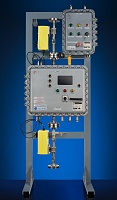
Sulfur Analyzer SPECTROSCAN IS, IS-T
The IS-T and IS X-ray absorption flow SPECTROSCAN analyzers for sulfur in oil are designed to determine the mass fraction of sulfur in the flow of oil/petroleum products in the range from 0.02% to 6.00% (IS-T) or 0.04% to 6.0% (IS).
Analyzers can be used for technological control during transportation and storage of oil, as well as during mixing (compounding) operations. The design of the analyzers allows them to be placed both independently and as part of a unit for measuring oil quality indicators (BIC) or a system for measuring the quantity and quality of oil (CIC). They are available in explosion-proof version.
The analyzers have the function of automatically accounting for the influence of the density of the analyzed medium, as well as the content of water and chloride salts in it on the result of determining the mass fraction of sulfur.
Structurally, the analyzers are a complete product of high factory readiness, having a block-modular design and including all the necessary functional devices to ensure efficient and safe operation.
NPO Spektron
Saint Petersburg
Produced in: Saint Petersburg
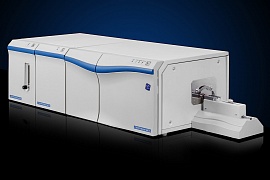
Sulfur and Nitrogen Analyzer SPECTROSCAN META
The analyzer allows you to determine the content of sulfur and nitrogen in oil and petroleum products (diesel fuel, gasoline, kerosene, gas oil and any distillate petroleum products), hydrocarbon gas, liquefied petroleum gas (LPG), natural gas, liquefied natural gas (LNG), chemical synthesis products, biological materials by ultraviolet fluorescence and chemiluminescence.
The analyzer is a proprietary development of NPO "SPEKTRON". The device is manufactured in St. Petersburg mainly from domestic components. There is a conclusion of the Ministry of Industry and Trade on the production of products in the territory of the Russian Federation.
The analyzer is designed to determine:
- mass fraction of sulfur in accordance with GOST ISO 20846-2016, GOST 34712-2021, GOST R 56866-2016, GOST 34237-2017, ASTM D5453-19, ASTM D6667-21, ASTM D7551-15, ISO 20729-17 ;
- the mass fraction of nitrogen in accordance with ASTM D4629-17.
A wide range of concentrations: from ultra-low to high.
Modular principle: Each detector is a separate module. The device is equipped individually for each specific task.
The possibility of simultaneous determination of sulfur and nitrogen in the analysis process.
The principle of operation of the analyzer is to burn the test sample in an oxygen-enriched atmosphere or air at a temperature of 1050 ° C. The sulfur dioxide (SO2) and nitrogen oxide (NO) formed during combustion are transferred by carrier gas to the detection units with preliminary removal of water vapor, on the desiccant, and soot, on the filter.
Determination of sulfur is carried out by ultraviolet fluorescence.
Determination of nitrogen by chemiluminescence.
NPO Spektron
Saint Petersburg
Produced in: Saint Petersburg
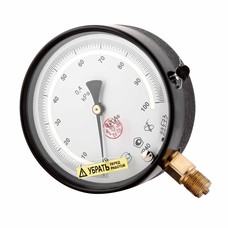
Pressure gauge MTIf-160
Pressure gauge with a range of measured pressure 0...160 kPa.
Accuracy class 0.4
Connection size M20x1.5 mm
Overall dimensions 160 mm
Weight 1.5 kg
Termeks
Tomsk
Produced in: Tomsk
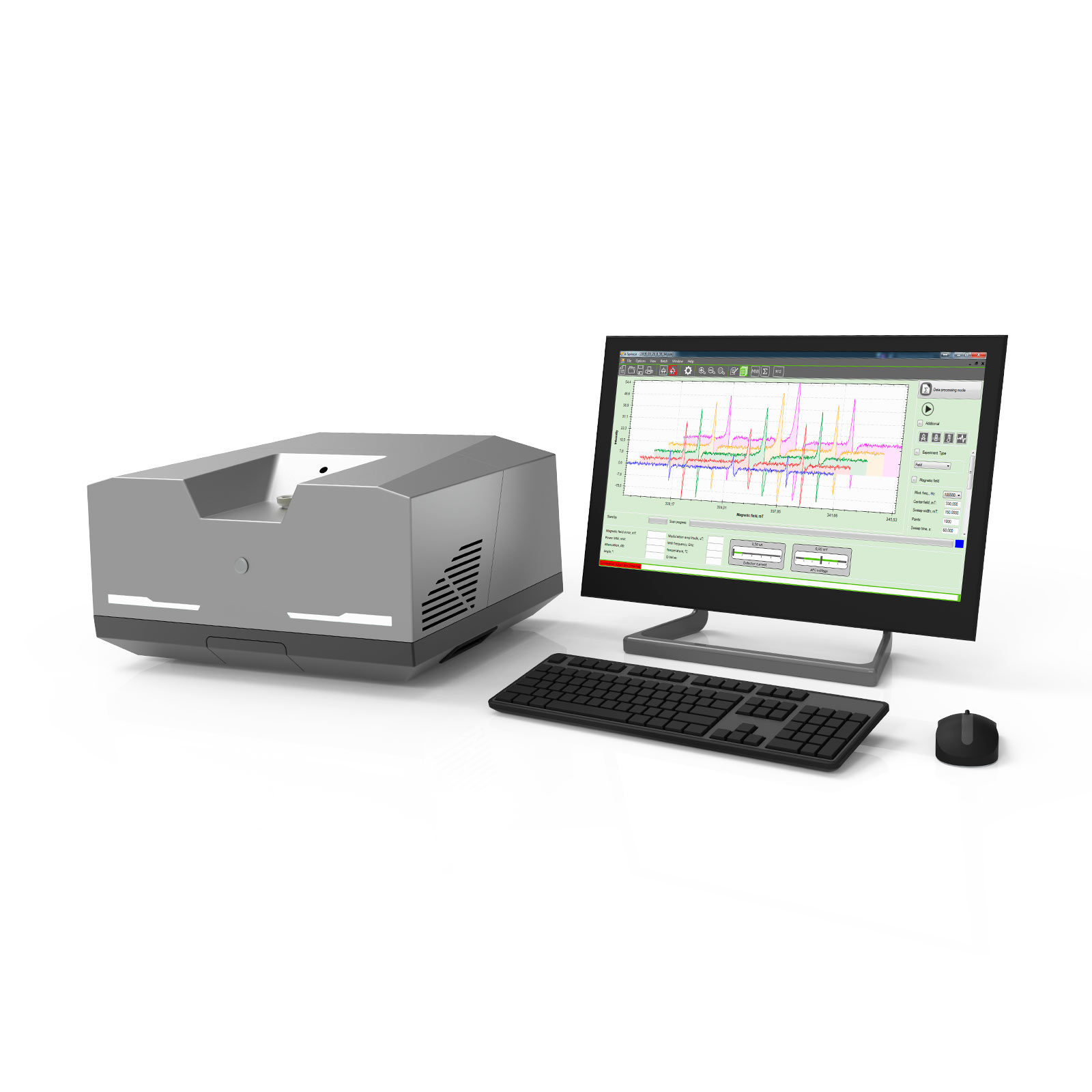
EPR spectrometer CMS8400 NEO
The CMS8400 NEO is a compact electron paramagnetic resonance spectrometer designed for routine research in physics, chemistry, biology and related scientific fields for direct detection of free radicals and paramagnetic materials. The CMS8400 NEO can be used in both laboratory and industrial settings in the mode of on-line measurements, embedded in technological processes, thus providing control of parameters and reactions in the production process.
Additional accessories and adapted software can make the spectrometer an analytical tool and allow to implement new complex applications in medicine, petrochemistry, brewing, sanitary and hygienic control, as well as in other industries.
ADVIN Smart Faktory
Minsk
Produced in: Belarus
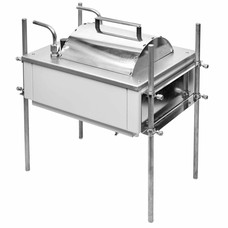
Bath for the determination of paraffins BF
The volume of the bath is 5 liters
Overall dimensions 420x280x500 mm
The open part of the bath is 230x235 mm
Weight 7.5 kg
Termeks
Tomsk
Produced in: Tomsk
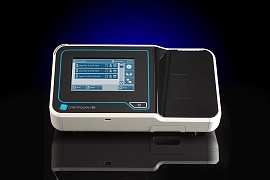
Sulfur Analyzer SPECTROSCAN SE
The analyzer is designed to determine the mass fraction of sulfur from 3 million-1 (ppm) in oil and petroleum products in accordance with GOST R 51947-2002, GOST 32139-2019, GOST R EN ISO 20847-2010 / GOST ISO 20847-2014, ASTM D4294, GB/T 17040-2019.
Implements an arbitration method for measuring the mass fraction of sulfur for oil, automotive fuels of class K2, K3, jet engine fuel, aviation gasoline, fuel oil and marine fuel, and is also used for operational control of sulfur content in automotive fuels of Class 4 and 5, gas oils, bitumen, lubricating oils and their components and other petroleum products.
The analyzer greatly simplifies the routine analysis procedure. Intuitive interface provides convenience and ease of use.
The analyzer is a proprietary development of NPO "SPEKTRON". The device is manufactured in St. Petersburg mainly from domestic components.
Minimum operator actions:
- calibration is selected and the name of the sample is entered;
- two cuvettes are filled with a sample;
- the obtained samples are placed in the analyzer and measurements are started;
- all subsequent actions are performed automatically:
- the average value of the mass fraction of sulfur is calculated and displayed;
- repeatability is calculated;
- the results are checked for compliance with the selected standard;
- measurement results are printed on the built-in printer and saved.
NPO Spektron
Saint Petersburg
Produced in: Saint Petersburg
